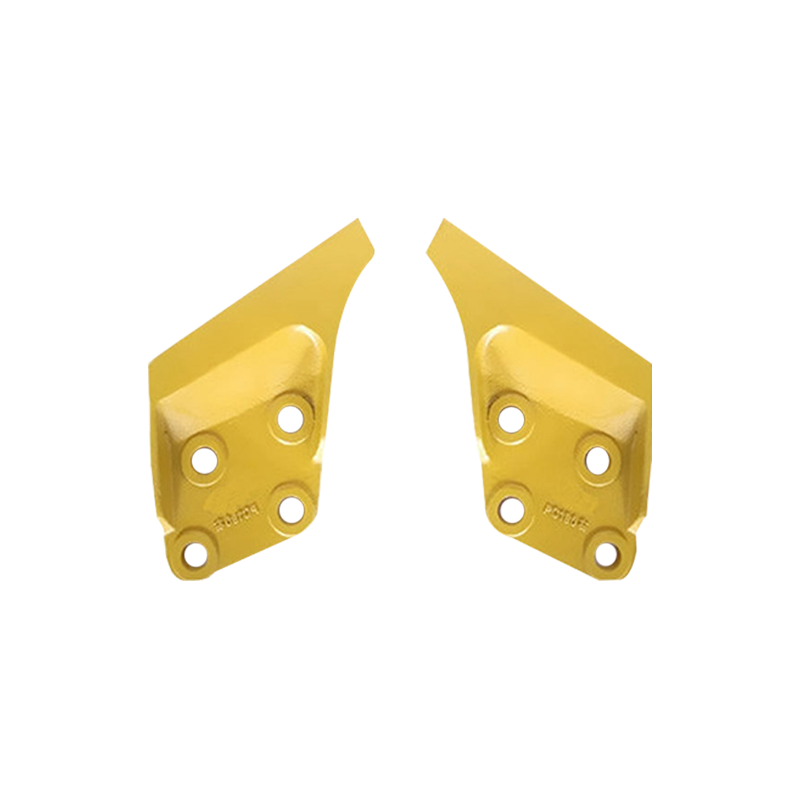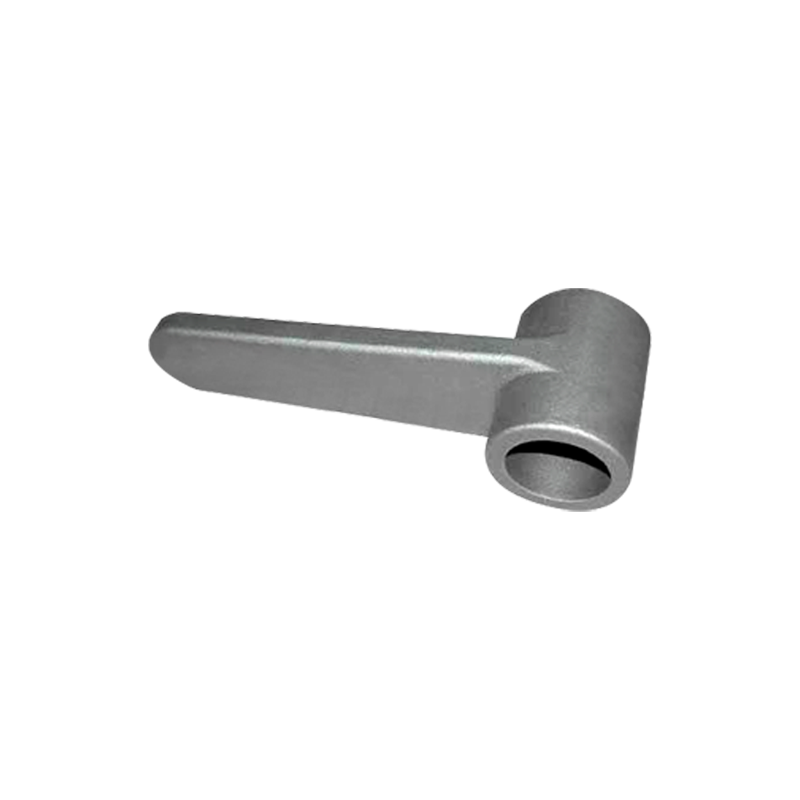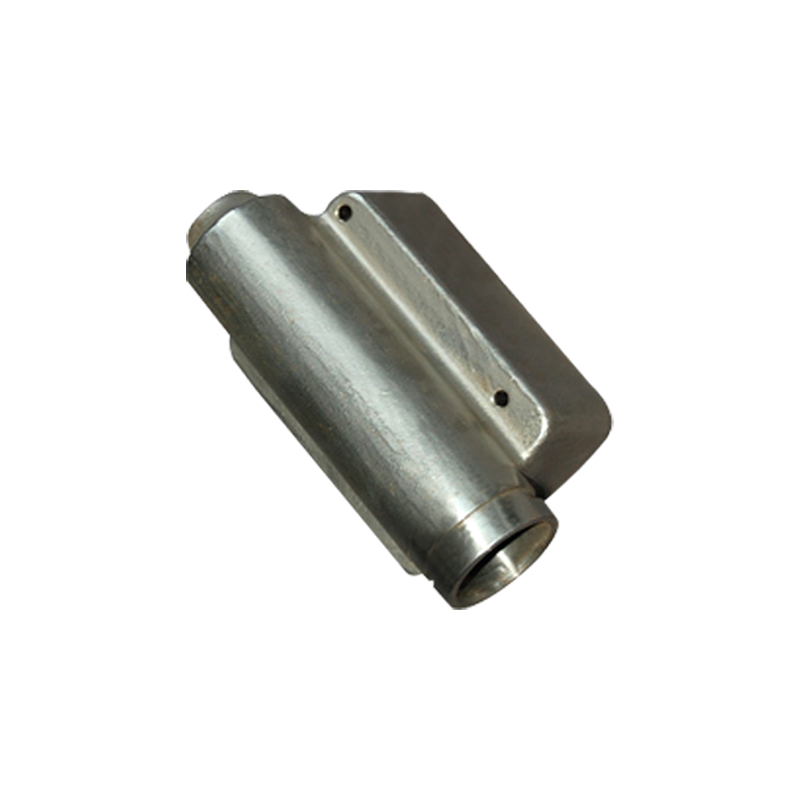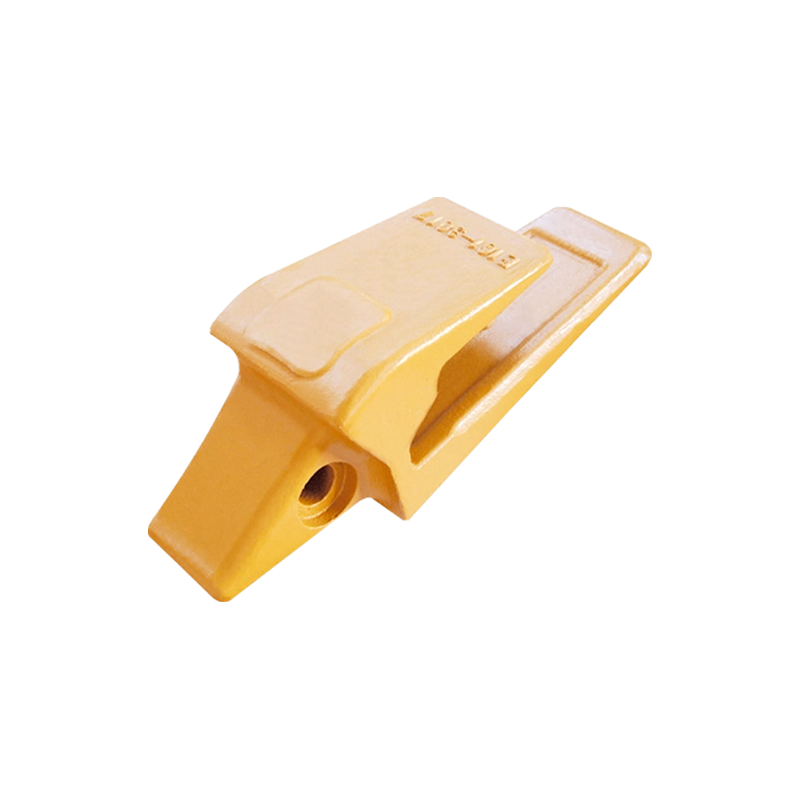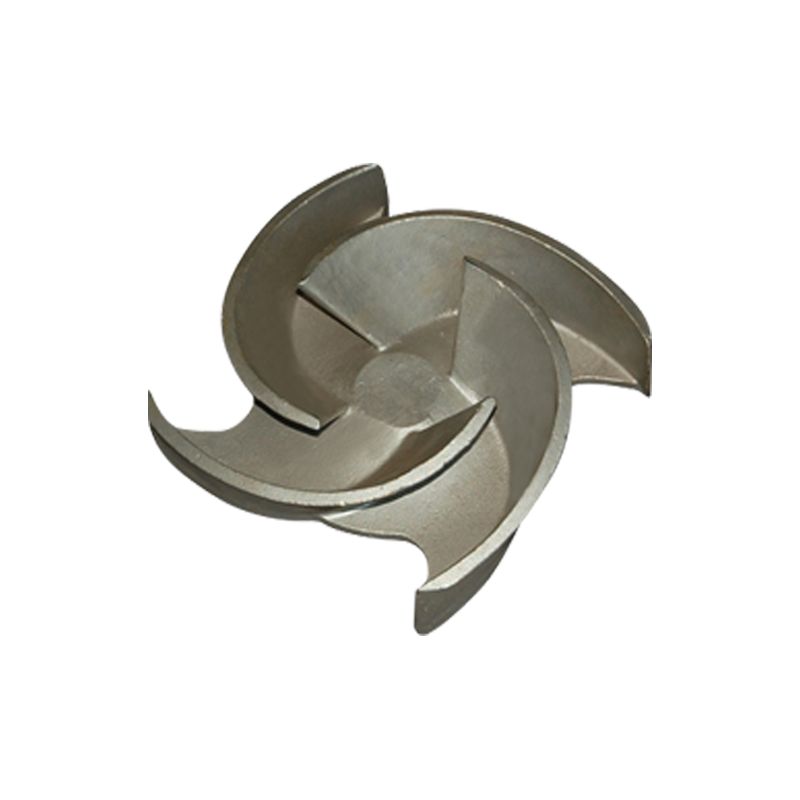Our quality assurance services and processes ensure the reliability of our products and your satisfaction.
Ensuring the installation accuracy and safety of Train Casting Steel Bridge Parts is a crucial part of railway bridge construction, which is directly related to the long-term performance and safety of the bridge. In order to ensure the smooth progress of the installation process and avoid damage or failure of the later structure due to installation problems, careful measures must be taken from all aspects. The preparation work before installation is the basis for ensuring installation accuracy and safety. Before installation, the Train Casting Steel Bridge Parts need to be fully inspected, including size, appearance, surface treatment, etc., to ensure that each component meets the design requirements and quality standards. Although most parts will undergo strict quality control during production and transportation, it is inevitable that some parts will be slightly deformed or damaged during transportation, so the specifications and quality of each part must be carefully checked to confirm that there are no defects. In this regard, meticulous inspection can prevent unnecessary errors during the installation process. At the same time, the installers need to understand and be familiar with the design drawings in detail, understand the key information such as the installation position, force characteristics, and connection methods of each component, and be fully prepared for subsequent installation work.
An important part of ensuring installation accuracy is the use of high-precision measuring equipment. Since Train Casting Steel Bridge Parts are usually large in size and require high installation accuracy, during the installation process, high-precision measuring tools such as laser rangefinders, levels, total stations, etc. must be used to ensure the position, angle and docking accuracy of each component. These devices can provide real-time and accurate data to help operators make timely adjustments during the installation process to ensure that each component can be accurately and correctly positioned. Especially during the installation of steel bridge components, small errors may cause subsequent structural instability, thereby affecting the safety of the entire bridge. Therefore, accurate measurement is the key to ensuring installation accuracy.
While ensuring accuracy, the skills and experience of the installers are also very important. Only operators who have received professional training and have rich experience can master the various technical requirements and operating skills in the installation process of steel bridge components. For example, when performing operations such as connection welding and bolt tightening, the construction specifications must be strictly followed to avoid loose connections or loose components due to improper operation. In addition, operators should be familiar with the use of lifting equipment, such as cranes and slings, to ensure that each component can be smoothly and safely positioned to avoid damage or displacement of components due to improper operation. For the hoisting of large steel bridge components, special attention should be paid to details such as hoisting angle and rope configuration to ensure that no danger or misoperation occurs during the operation.
Monitoring and inspection is also an indispensable part of ensuring accuracy and safety. When installing each component, supervisors need to monitor the installation process in real time to ensure that each connection point and seam is completed strictly in accordance with the design requirements. During welding and fastening, technical standards must be followed to ensure that all welds and connections have sufficient strength and stability. After the installation is completed, the installation quality must be structurally inspected to check whether the installation position, angle and connection method of each component meet the design requirements to ensure the stability of the overall structure. In this process, any small deviations cannot be ignored, as they may cause safety hazards in later use.
 Language
Language
 FT CASTING
FT CASTING



